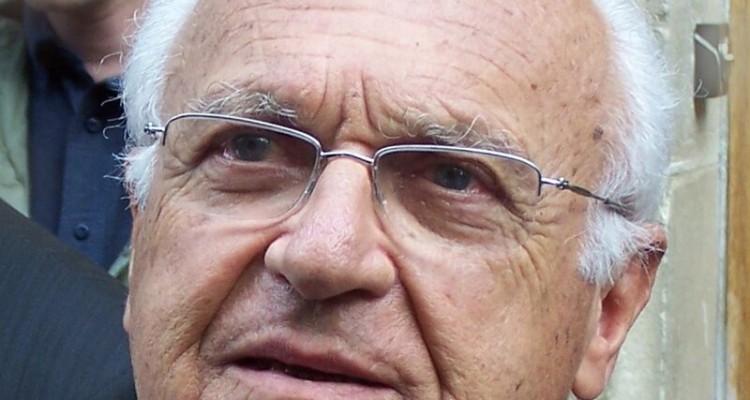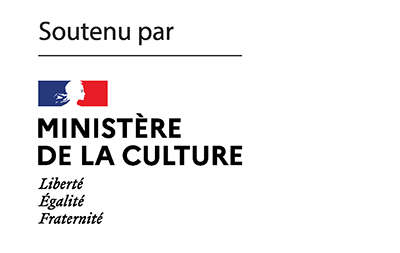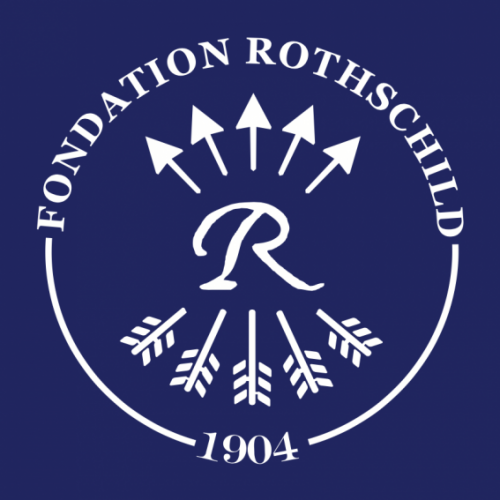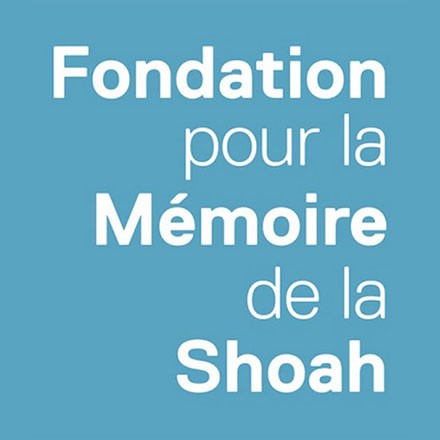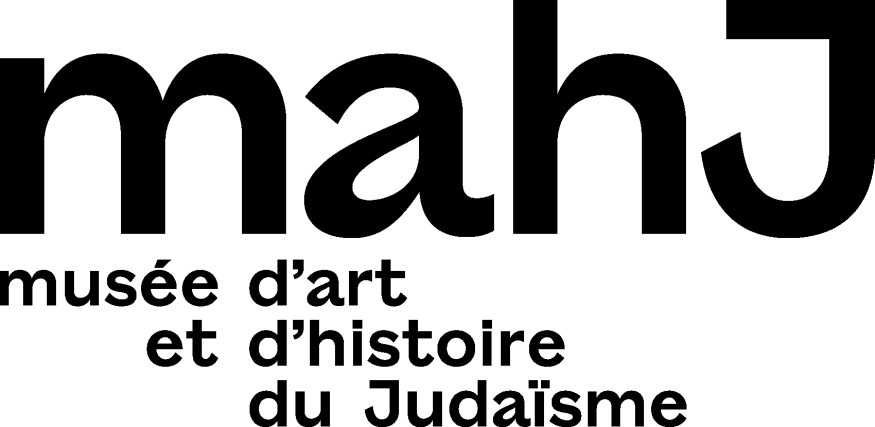Argentina’s Jewish community is mainly an outgrowth of European Jewry. Just as the nation’s overall population was constituted by waves of migration from Europe – in particular Spain and Italy – Jews from Poland, Ukraine, Russia, Germany and France as well as a few from the Ottoman Empire and Spanish Morocco made the long way across the ocean, too. Researcher Jacqueline Laznow draws on culture, folklore, cuisine, and other sources to examine in this issue of K. Argentine Jewry’s integration in the New World – and this with a specific look at the place of women.
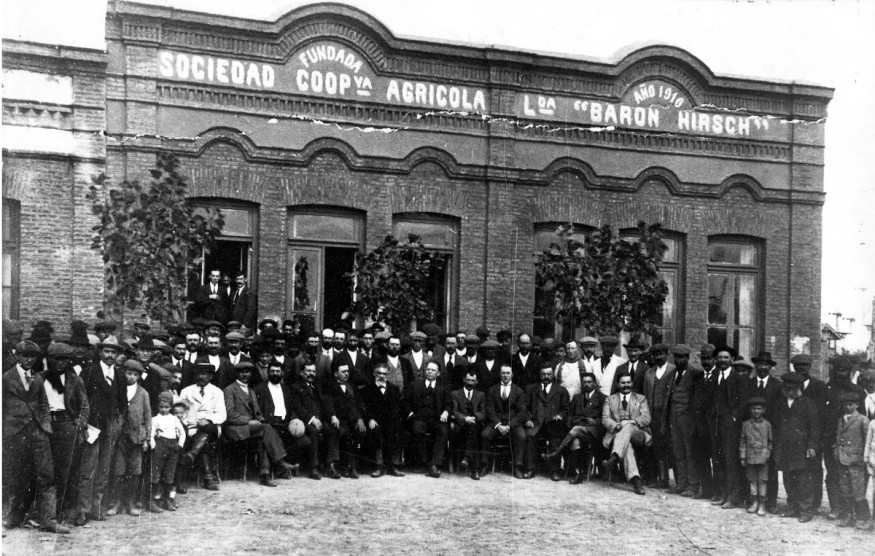
A quick look at the framed pictures hanging on the wall of my Jerusalem flat constantly reminds me of my childhood in Argentina. I am the granddaughter of pious Russian and Eastern European Jewish immigrants who by 1905 built their homes in Buenos Aires and the great-granddaughter of immigrants who settled in the Jewish Colonization Association settlements of Entre Rios in 1892. My family and I immigrated to Israel in the 1970s. Not long after that, my interest in family history began, leading me over time to establish myself as a researcher in the fields of gender and folklore. My ethno-historical research centers on the role of tradition in the personal and collective memory of Jewish women in Argentina and among those Argentinian women who now live in Israel.
Although my fieldwork interviews focus on the daily life of women and their families, the place of the Holocaust and Zionism in these women’s lives often emerges in our conversations. Their personal stories sometimes also include memories of life under dictatorships and the tragic events of the AMIA bombing in 1994, in which the Jewish community center was attacked, killing 85 people, and the Israeli embassy explosion in 1992, in which 29 were killed. Historical events and economic crises that influenced everyone’s daily life, as well as a strong patriarchal culture, may explain why up until the 21st century the rich historiography of the community has focused mainly on the public sphere perceived as masculine. Only recently have researchers begun to bring to the fore Jewish-Argentine women’s history and their contributions to the public sphere from the margins[1]. In this article, I aim to connect the dots between Europe and Argentina by highlighting aspects of Jewish-Argentine identity present in the public sphere as well as in the feminine private sphere or home, where women were traditionally relegated to.

Who are the Argentinian Jews ?
I will begin with a brief historical overview. The Jewish population of Argentina is the largest in Latin America and the sixth largest outside of Israel. The estimated Jewish population today is around 220,000 people, mostly living in Buenos Aires, the capital city. This population is comprised of 80% of descendants from Russian and Eastern European immigrants and 20% of those with roots from Germany and different areas in the Balkans, Middle East, and North Africa. During the second half of the 20th century, numerous Jews left Argentina, immigrating to Israel, Europe, and North America. This and other factors like assimilation explain why the Jewish population dropped from its early 1960s high of 310,000[2].
The first Jews arrived in Argentina during the 16th century fleeing the Inquisition, but these newcomers soon assimilated[3]. An organized Jewish community did not emerge until after Argentina gained independence from Spain and the new republic abolished the Inquisition laws preventing religious freedom. The free republic strived to follow in the footsteps of West European countries as they envisioned the arrival of middle-class immigrants from France, England, and Germany. Instead, masses of impoverished immigrants from Spain, Italy, Russia, and Eastern Europe arrived. Some were looking for work, others also for liberty and freedom of religion. In 1825, the government granted freedom of religion to citizens of all faiths, but this was limited to the private sphere. Twenty-eight years later, the new constitution granted full freedom of religion culminating in 1888 with the Civil Marriage Law. In 1862, a small group of French, German and English Jewish immigrants established the Ashkenazi Congregación Israelita Argentina, CIRA (Argentine Israelite congregation). The congregation oversaw kosher slaughter, marriage ceremonies, circumcisions, burials, and regular synagogue prayer services. In 1894, the city’s first Ashkenazi Talmud Toráh was established by religious Russian and Polish immigrants in the Once neighborhood. Sepharadi Jews, a category composed mainly by Jewish immigrants from the Ottoman empire, the Balkans and Spanish Morocco, built their institutions along the lines of their places of origin. Later cooperating around common issues such as the establishment of the state of Israel or fighting antisemitism[4].
Historic events occasionally challenged the aspiration to become free and equal citizens. This was the case with the tragic week. The first Latin American pogrom-like event took place in January 1919 in the heart of Buenos Aires. Police reinforcements attacked foreigners in general and Jews in particular assuming they were all Russian anarchists who supported workers strikes. Stores and homes were vandalized; there were many casualties and injuries[5]. Regardless, in the following years, masses of Jewish immigrants fleeing poverty and pogroms in Russia and Eastern Europe settled in Argentina. The community continued to face challenges; during the 1960s, Eichmann’s capture and trial gave rise to waves of antisemitism. Thus, through the years, Jewish immigrants and their descendants developed tactics to secure community boundaries and ensure continuity while shaping their Jewish-Argentinean identity. Their influence is apparent to this day in the local literature, food, music, and vernacular language.
Los Gauchos Judios
Argentina maintains a strong connection to its European roots. The Spanish colonial regime influenced the discourse regarding religion and gender roles in the new republic[6]. During the first half of the 19th century, its legal conventions were still being strongly modeled upon Spanish laws and the dictates of the Catholic Church. Patriarchal laws determined the place of women, binding them to their father or husband with no legal rights such us the right to own property, unless widowed[7]. Towards the second half of the 19th century, inspired by the siècle des Lumières, the liberal government ruled in favor of the right of girls to education and encouraged women to become teachers. Up until the mid-20th century, a small group of Socialist Immigrant women, among them a few Jewish activists, namely Alicia Moreau, Fenia Chertkoff and her daughter Victoria Gukovski, battled for women’s rights[8]. Through the 20th century, women slowly advanced toward legal and economic equality. In 1947, Eva Peron’s intervention led to the granting of suffrage to women, a game-changing milestone.
The historical and cultural context influenced Argentine Jews’ formation of gender roles while adapting to the new country. From the beginning, Jewish immigrant women complied with local customs in order to go unnoticed, feel respected, elevate their social status and most of all protect the community’s image. Although Argentine’s women’s place was at home, many Jewish women continued their Eastern European habits and worked at the family business or in what culture perceived as feminine work: cooking, cleaning and taking care of children. Those whose husbands or fathers achieved a higher social status, participated in charitable organizations, just as their Catholic neighbors. Thus, Jewish women in the city and in the JCA colonies established societies alongside the male organizations. As early as 1892, a group of women founded in Buenos Aires the ‘Sociedad de Damas Israelitas de Beneficiencia’ [Jewish women’s beneficiary society] to help women and children in distress and poor colony settlers. Women’s committees were also formed along side zionist organizations. In 1904 there were two small groups: Deborah in the capital city of Buenos Aires, and Bat Zion in the Clara agricultural colony of Entre Rios[9].
The arrival of the first organized group of 120 families from the Podolia region, now Ukraine, marked the onset of massive Jewish immigration. The group reached the port of Buenos Aires on August 14, 1889, on the ship Wesser[10]. The immigrants arrived after acquiring lands for their settlement, finding out later that the land did not belong to them. While they waited at the immigrants hotel, local Jews pleaded to the authorities for help. Eventually, they settled in a rugged and unpopulated land in the province of Santa Fe, north of Buenos Aires. The group founded the colony of Moises Ville on October 23, 1889, overcoming extremely difficult conditions. Next, in 1891, Baron Hirsch, a German Jewish philanthropist, developed a plan to bring Jews to Argentina as autonomous agricultural settlers and founded JCA, the Jewish Colonization Association. Hirsch bought the lands of Moises Ville, which eventually became a center of Jewish culture nicknamed Jerusalem of Argentina. The original colony resembles an Eastern European shtetl, with its synagogue, mikvah, school and library. The JCA established additional Jewish agricultural settlements in the provinces of Buenos Aires, Entre Ríos, Santa Fe and La Pampa.
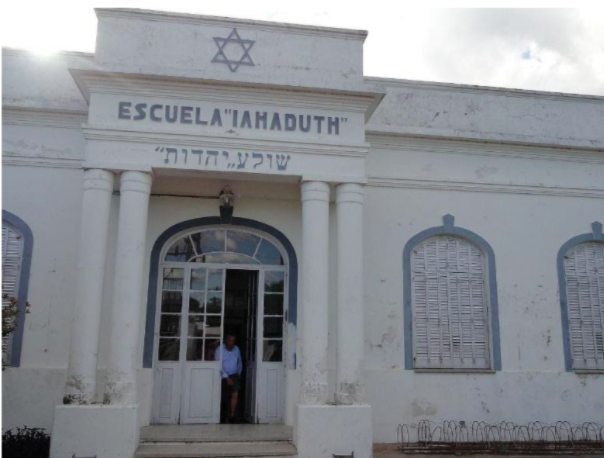
One of the settlers, Alberto Gerchunoff, relocated to Buenos Aires in 1895 and eventually became a teacher, writer, and journalist. In 1910, Gerchunoff published his most famous novel, Los Gauchos Judíos[11]. The novel commemorated the centenary of Argentine independence from Spain. Gerchunoff chose to show what he perceived as the appreciation of the Jewish immigrants for their new country and their unquestioning loyalty to the land that granted them the right to freely practice their religion and tradition while enjoying almost full equality under the law[12]. The work established the myth of the Jewish gaucho, a spiritually free farmer but tied to his land and his Argentine identity, as opposed to the wandering Jew rooted in European tradition[13]. The book presents the daily life of the colonists narrated as folktales. The tales often compare female characters to biblical figures. As allegories, some women represent Jewish tradition while others represent assimilated Jews who do not hesitate to ignore tradition or even leave their people for a native lover. In reality, the settlers regarded women as helpmates both in the cultivation of the land and in their roles as wives, mothers, and guardians of tradition in the home. Los gauchos Judios reminds its readers that becoming Argentine is a great privilege but so is the remembrance of past generations and their traditions.
Sowing wheat and harvesting physicians
The central place of tradition in the settlers’ daily lives as well as the influence of Eastern European culture and the Yiddish language in the country is evident when visiting the museum of the colonies, established in the old pharmacy of the town of Villa Dominguez. Inaugurated in October 1985, the museum’s goal is to showcase the rich material and testimonial documents of the Jewish agricultural colonies and their institutions in the province of Entre Rios, thus preventing the loss of this invaluable historical heritage. The museum depicts daily life through different objects, documents, and photographs, all arranged by themes: religion, education, hospital, pharmacy, foodways and life in the village. The museum shows women’s roles as traditional wives and mothers alongside original furniture containing daily and festive dishes as well as embroidered tablecloths and the signature samovar.
Just as women applied customs and traditions to their daily life, Jewish Ashkenazi men aimed to establish communal institutions according to tradition but in Western European style. This style may be seen in contrast to the oriental inspired style of the Sepharadi synagogues and institutional buildings, from which some symbols were adopted by the Ashkenazi community for their own buildings. They aimed to appear as equals in the public sphere by mimicking the ways of life of the Argentinean contemporary aristocracy, in their turn influenced by French and English culture[14]. This trend is apparent in the city as well as in the Jewish rural colonies. A look at the map of the town of Villa Dominguez, the town center of the Clara Jewish colony, shows an intention to uplift its style by planning it according to Western European standards. The town’s round scheme and its stylish buildings reveal the intent to model it according to the structure of Paris in honor of Baron Hirsch’s wife Clara who lived in Paris and further pursued philanthropic work after the Baron’s death in 1896 and till her own death in 1899. The town thus acquired the nickname of Paris of Entre Rios.
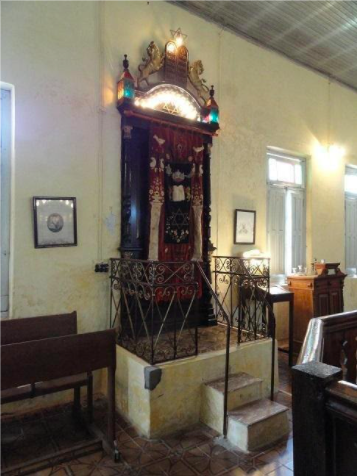
Through the years, many descendants of the first colonists relocated to the big cities, mostly to Buenos Aires, to work or study a profession. The popular phrase among JCA settlers, ”We sow wheat and harvest physicians” describes the prosperity of the first immigrants as well as the desertion of the colonization project. While many immigrants settled in the agricultural colonies, they were a minority as eventually many more settled in Buenos Aires, nicknamed The Paris of South America. Most settlers maintained connections to the big cities through relatives or friends. In the big city, Jewish Immigrants found work as carpenters, tinsmiths, textile merchants, shoemakers, hatters, mattress makers, writers and journalists. Many more worked as Cuenternicks[15], a nickname given to Jewish street peddlers selling their merchandise from house to house.
By the end of the 19th century, Buenos Aires was flooded with hundreds of thousands of European immigrants. Social and economic hardships common to immigrants generated a widespread industry of prostitution and pimping[16]. Disguised Jewish pimps brought Jewish women from Eastern Europe into their brothels in Argentina. Until 1930, the newly established community fought against the phenomenon. The pimps, nicknamed Tmeim, meaning un-pure in Hebrew, ran their own establishments, synagogues and even cemeteries, since the general community boycotted them. A local branch of the European Jewish Association for the Protection of Jewish Girls and Women, known as Ezrat Nashim, arose in 1901. Headed by the Alsatian Rabbi Henry Joseph, Ezrat Nashim urged criminal prosecution of the pimps and strived to save women even before their arrival in the country. By the mid-1930s, another Alsatian, Heléne R. de Aslán, became its head. Her steadfastness and the courageous advocacy of one of the abused women, Raquel Liberman, together with the bravery of a judge who confronted the ruffians, helped to put an end to the tragic situation[17]. Meanwhile, the formation of an immigrant culture in the streets of Buenos Aires promoted the use of Yiddish terms in the vernacular language that emerged from the fusion of different cultures and gave way to new or translated Tango songs in Yiddish that soon became famous in Europe[18].
Jews of Argentina settle in Buenos Aires, with a European style
The largest synagogue of Buenos Aires, Libertad, meaning freedom, was built in 1897, and reconstructed in 1932, due to the need to house an expanding community. The synagogue features a mixture of French, German and art deco styles with an emphasis on acoustics and Jewish symbolism on its 20 stained glass windows.
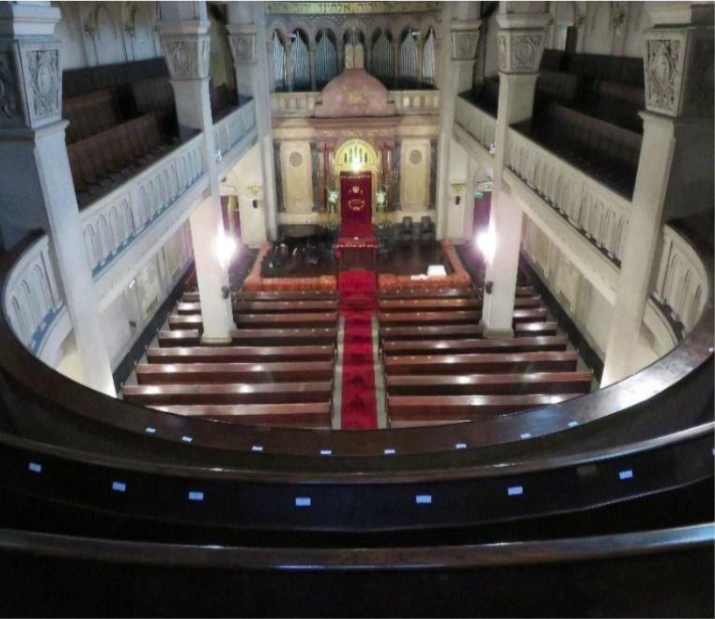
The decorations include naves, arcs, stained glass windows depicting Jewish symbols imitating german synagogues from the 19th century, and oriental motives like a golden dome and a Hamsa[19] at the entrance to the hall and on top of the Torah ark. Above the Torah arc is the Walker organ, built in 1931, one of three still existing after many such organs were destroyed in German synagogues. Paris marble, combined with stones, imitating the stones of Jerusalem, cover all the walls. The inspiration for the new building probably came from the nearby Teatro Colón, entirely built from marble brought from France. Argentinian aristocracy looked to French and Italian immigrants to serve as the architects and engineers in Buenos Aires. Thus, French and Italian architects built parks, wide boulevards, and streets that evolved into noisy passages filled with picturesque cafes in Parisian style. Inaugurated in 1967, the Jewish Museum of Buenos Aires named after Dr. Salvador Kibrick, the first of its kind in Latin America, resides in the adjoining building to the Libertad synagogue. The museum holds a large collection of Judaica and depicts the history of the community with emphasis on the immigration period and Jewish traditions. The permanent collection encourages an open dialogue between the immigrant past of the Jewish community and its Argentinean present.
Throughout the 20th Century, Jewish cultural and religious life flourished in Buenos Aires, reaching a peak in the 1960s. Synagogues, libraries, Yiddish theaters and a hospital, operated in the Jewish neighborhoods, often sponsored by women’s committees. Many Young women graduated as teachers from Jewish Seminars and fulfilled teaching roles in a growing number of Yiddish and Hebrew schools. As a modern development to the women’s committees, and due to the fact that most of the community boasted a strong link with the Zionist movement, by the mid-20th century a number of independent women’s Zionist organizations were active. The youngsters participated in Zionist youth movements while their mothers, aunts and grandmothers joined in droves the Argentine federation of the London based Women’s International Zionist Organization (WIZO), making it into the largest Zionist organization in the country and the second largest Zionist women’s federation in the world[20]. With great motivation to aid the Zionist cause, and by creatively using their home economics skills, the federation did its best to raise funds for the Yishuv and the new state of Israel, at a time when monies were desperately needed to absorb new immigrants. .
Throughout the years, the need to preserve Jewish tradition as a means to preserve Jewish identity became part of the communities’ discourse depicting the Jewish Mother. Although the immigrants’ descendants adopted components of local foodways, the traditional dishes that the immigrants brought with them and that Argentine Jewish women have continued to prepare form an indispensable means of collective memory and cultural transmission, became symbolic. In the old Jewish neighborhoods, but not just there, Jewish restaurants serve Russian and Eastern European-style food idolizing the Jewish grandmother in their menu. Alongside Jewish traditional dishes, it is possible to enjoy kosher grilled meat resembling the traditional Argentinian asado. Jewish food is now part of a hybrid Argentine culinary culture, together with Italian, Spanish and French cuisine.
Preserving traditions and memory, living in Argentina
The influx of immigrants ceased during World War I, and it resumed massively during the 20s up until the 30s, when President Juan Domingo Perón restricted Jewish immigration to Argentina. Jewish immigration concluded with the arrival of Holocaust survivors in the 1940s. After World War II, Argentina became home to one of the world’s largest communities of Holocaust survivors. Negotiations to establish a Holocaust Museum started relatively late, in the mid-1990s, when the Foundation for the Memory of the Holocaust in Argentina began collecting stories, testimonies, documents, and personal belongings of Holocaust survivors and their families. The tragic event of the AMIA bombing pushed the project forward[21]. The Museum opened its doors in 2000 with an exhibition dedicated to Anne Frank and an exhibit on Adolf Eichmann’s capture in Argentina.
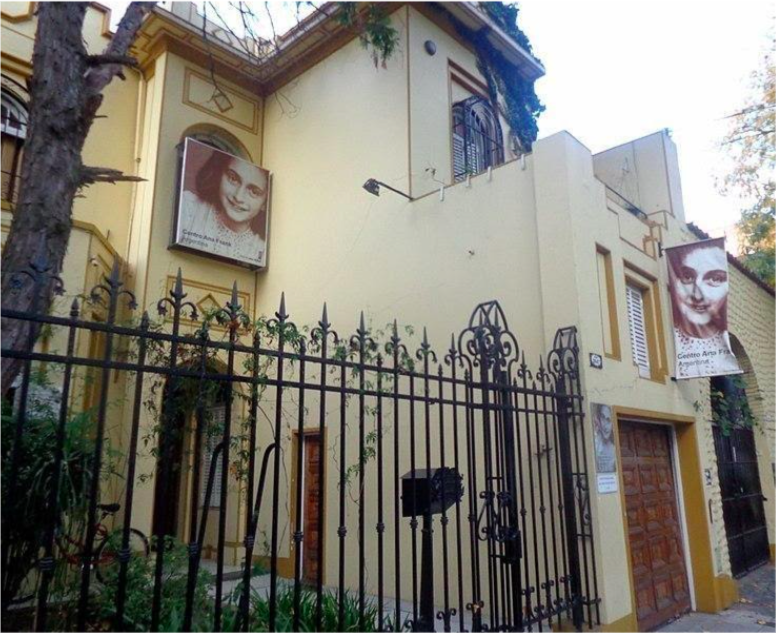
The importance conferred to the preservation of memory and the transmission of Jewish values to new generations is also reflected in the Centro Ana Frank, opened in Buenos Aires in 2009. The museum operates in a building previously used to hide persons persecuted by the military dictatorship. The exposition recreates the room where Anne Frank hid and wrote her diary during the war and informs visitors about Anne Frank’s daily life with historical documents and original photographs. The aim is to reflect on racism, discrimination and oppression while highlighting the values of freedom and human rights so important for Argentina today. Thus, the museum connects European history with current Argentinean discourse.

Monuments standing in public places link Europe and Argentina as well. One of those is a statue of Anne Frank standing on the Queen of Holland plaza at Puerto Madero, near the Calantraba’s woman bridge and not far from the old Immigrants’ Hotel. Anne Frank’s statue is a replica of a statue by the same artist, Jet Schepp, which stands across from Anne Frank’s house in Amsterdam. The statue depicts the innocence of a girl that did not lose hope and stood tall while resisting oppressors. This serves as a contemporary reminder that community memory and cultural transmission should continue not only through culinary traditions, but also through social activism. A legacy of women’s activism in the public sphere emerged in the 1970s during the last, ruthless dictatorship, when mothers marched every week calling for the release of their loved ones. These women were known as the Madres of the Plaza de Mayo. The group included many Jewish mothers. Like them, a new group, Memoria Activa, composed of relatives and friends of the AMIA victims, march every Monday morning in front of the supreme court of Justice at Plaza Lavalle, not far from the AMIA building, and blow the shofar calling for justice to be made in the AMIA case[22]. Most weekly protesters are women.

In 2015, a monument in honor of the victims of the Holocaust by Gustavo Nielsen and Sebastiàn Marsiglia was inaugurated on the previously named Plaza de la Shoa[23]. Interestingly, the Monument in memory of the Holocaust interacts with legacies of violence in Argentina, the bombing of the Israeli embassy and that of the AMIA. The monument is 40 meters long, and is composed of concrete cubes of different dimensions, each with an imprint depicting everyday objects belonging to victims of violence. Out of the 114 blocks, 29 are in memory of the victims of the attack on the Israeli Embassy and 85 in honor of the victims of the AMIA. The Paso de los Justos, also at the Plaza de la Shoa, depicts 26 names of heroes, among them the Germans Emilie and Oskar Schindler, who put themselves in danger in order to save people during the Holocaust. Through this hybrid monument, it is possible to see the nexus between European history and Jewish-Argentine identity, and how this connection played a pivotal role throughout the history of the Jewish community of Argentina. The call for memory, justice, equality and human rights is part of a cultural bricolage that unites continents as well as the two sides of the hyphen, Argentine and Jew.
Jacqueline Laznow
Jacqueline Laznow holds a doctorate on ‘Folklore, Tradition, and Memory among Women from the Jewish Community in Argentina’. She is a librarian and a research fellow at the Center for Folklore Research of the Hebrew University of Jerusalem. Her publications and interests focus on the role of tradition, memory, identity and gender issues in Jewish communities during the 20th Century.
Notes
| 1 | See for example: Deutsch, Sandra McGee, Crossing Borders, Claiming a Nation: A History of Argentine Jewish Women, 1880–1955, Duke University Press, 2010. |
| 2 | DellaPergola, Sergio, “World Jewish Population, 2018”, in: Dashefsky, Arnold and Sheskin, Ira (eds.), American Jewish Year Book 2018, Springer International Publishing, 2019. |
| 3 | Feierstein, Ricardo, Historia de los judíos argentinos, 2006, pp. 15-40. |
| 4 | For an in-depth discussion on Sepharadi Jews in Argentina see: Brodsky, Adriana. Sephardi, Jewish, Argentine: Community and National Identity, 1880-1960. Bloomington, IN: Indiana University Press, 2016. |
| 5 | See for example: Hébert, John Raymond (1972). The Tragic Week of January, 1919, in Buenos Aires: Background, Events, Aftermath, Washington, D.C.: Georgetown University. |
| 6 | Feijoó, María del Carmen, Marcela, Nari, and Luis Fierro, ‘Women in argentina during the 1960s’ Latin American Perspectives 23, no. 1,1996, pp. 7-26. |
| 7 | Carlson, Marifran, ¡Feminismo! The Women’s Movement in Argentina, 2005, p.49. |
| 8 | See for example: Escliar, Myriam, Mujeres en la literatura y la vida judeoargentina, 1996; Valobra, Adriana María, ‘Feminismo, sufragismo y mujeres en los partidos políticos en la Argentina de la primera mitad del siglo XX’, Amnis. Revue d’études des sociétés et cultures contemporaines Europe/Amérique, 8, 2008. |
| 9 | “Las Primeras Agrupaciones de Mujeres Judías en la Argentina”, O.S.F.A. No. 306 (1972), p. 37. |
| 10 | See: Haim Avni, Argentina and the Jews: A History of Jewish Immigration, 1991. |
| 11 | Gerchunoff, Alberto, Los gauchos judíos, 1910. The book was translated into a variety of languages, including Yiddish and Hebrew. |
| 12 | Women could not vote or be elected, but Jewish men just could not be elected for president of the republic as only Catholics could. |
| 13 | Gauchos were nomadic horsemen and cattle workers of the Pampa region of Argentina in the early 1800s. Most Gauchos had mixt European and Indian ancestry. They shared many traits with American cowboys from the same time period and are romanticized the same way. The figure of the gaucho is a folk symbol of Argentina. Gauchos became greatly admired and renowned in legend, folklore, and literature and became an important part of Argentina’s cultural tradition. |
| 14 | The aspiration to appropriate aristocratic ways of life is depicted in the autobiography of Philippe Enquin: Mots croisés: trois générations de Juifs argentins, 2013. |
| 15 | Feierstein, Ricardo. Historia de los judíos argentinos. Editorial Galerna, 2006, p. 125. |
| 16 | See: Londres, Albert. Le chemin de Buenos Aires. Les Editions de Londres, 2012. |
| 17 | See: Guy, Donna, Sex and Danger in Buenos Aires, University of Nebraska Press, 1991. |
| 18 | Czackis, Lloica, ‘Yiddish Tango: a Musical Genre?’, European Judaism: A Journal for the New Europe, 42, no. 2, 2009 |
| 19 | In Sepharadi Jewish tradition, the Hamsa, meaning five, symbolizes gods’ protection. |
| 20 | Laznow, Jacqueline, “‘La Jalutzah Del Galuth’: Fundraising and Women’s Folk Creativity among OSFA-WIZO Members in Argentina.” Nashim: A Journal of Jewish Women’s Studies & Gender, no. 35, 2019, pp. 7–39. |
| 21 | Zaretsky, Natasha, “Child Survivors of the Shoa: Testimony, Citizenship, and Survival in Jewish Buenos Aires.” In: Brodsky, Adriana and Rein, Raanan (eds.) The New Jewish Argentina, 2013, pp. 315-339. |
| 22 | Zaretsky, Natasha, Acts of Repair: Justice, Truth, and the Politics of Memory in Argentina, 2020. |
| 23 | In 2012, the french artist Christian Boltanski simultaneously displayed works in four different historical sites in Buenos Aires. The works of art related to immigration and the connection between identity and collective memory. His work was inspired by individual personal stories as well as his own, and may have inspired the design of the memorial site. The works are portrayed in: Boltanski: Buenos Aires, edited by Diana B. Werchsler and Jewan Hubert martin, Universidad Nacional de Tres de Febrero, Buenos Aires, 2015. |


